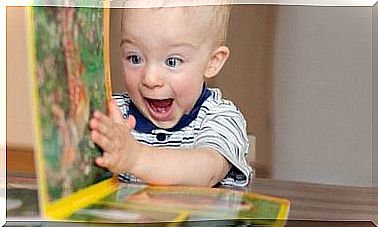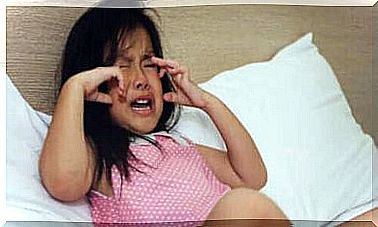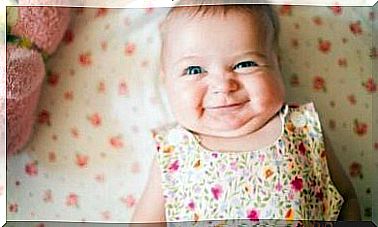Growth Hormone Deficiency In Children: Symptoms And Treatment
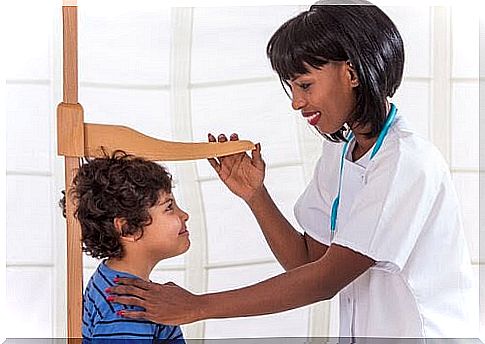
Growth hormone deficiency or GHD, from the English Growth Hormone Deficiency, is a relatively rare disease in children.
It is caused by a low production of hormone in the pituitary gland, which is located at the base of the skull. It can also be caused by brain damage, the presence of a tumor in this area of the brain or exposure to radiation.
There are also other diseases that can lead to a lack of growth hormone in children. This is not a hereditary condition.
In many cases, doctors can not find out the cause. In some children it occurs from birth. Growth hormone deficiency can occur along with other congenital deformities, such as a cleft lip or palate.
The absence of growth hormones may also be linked to other endocrine disorders, such as gonadotropin, thyrotropin or vasopressin deficiency. These hormones regulate other important biological processes.
Frequent medical check-ups are the best way to detect growth hormone deficiency at an early stage and take appropriate action.
Parents and guardians should pay attention to the warning signs of this deficiency. An early diagnosis is necessary for proper treatment.
Possible signs of growth hormone deficiency in children
The most obvious sign of a growth hormone deficiency is a short physique.
Children with growth hormone deficiency tend to be smaller than others in the same age group. Slow growth affects the shape of the face and limbs and leads to a sat and strong body type.
People with growth hormone deficiency generally have poor muscle tone, and the size of the penis may be small in men.
Low blood glucose levels lead to delayed puberty.
Another thing to be aware of is the child’s self-esteem. Feeling physically different from your friends and classmates can make children feel extremely vulnerable.

Diagnosis of growth hormone deficiency
As part of your routine medical check-ups, your pediatrician will monitor your child’s growth using a growth chart. This type of analysis can help detect a growth hormone problem.
One of the first tests that doctors do to confirm the diagnosis of growth hormone deficiency is an X-ray. This can determine the patient’s bone age and how fast his bone grows.
Another test that your doctor is likely to perform is a blood test to check the level of IGF-1 or insulin-like growth factor 1.
One way to detect this condition is to provoke the body to produce growth hormones by administering medications that stimulate the pituitary gland.
Your child’s specialist will then analyze the body’s response to the hormone treatment.
Other assays include tests to determine the body’s production of gonadotropin-releasing hormone (GnRH).
Clinical treatment of growth hormone deficiency
When growth disorders are caused by hormonal deficiencies, they can be treated with medication. More specifically, a synthetic version of the hormone is administered via an injection.
A doctor determines the dose, frequency and type of hormone therapy. In some cases, treatment needs to continue into adulthood.
Children with growth hormone deficiency tend to grow less than 5 cm per year. With the right treatment, however, they can grow up to 25 cm during the same period.
Although side effects can occur, they are usually mild to moderate and must be compared to the dramatic effects of hormone therapy.
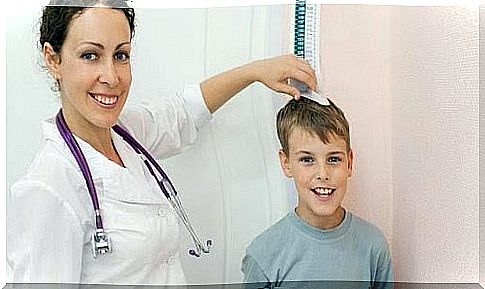
Some of these side effects are:
- Breast tissue growth in men
- Scoliosis
- Muscle and joint pain
- Inflammation of the upper and lower extremities
- Headache
- Mild hypothyroidism
More serious side effects are very rare. These include headaches with aura, pancreatitis and problems with the hip bones.
The best way to get good results from growth hormone therapy is to get an early diagnosis.
When doctors notice and treat this condition early in life, children with growth hormone deficiency can often grow to a normal height when they are adults.
